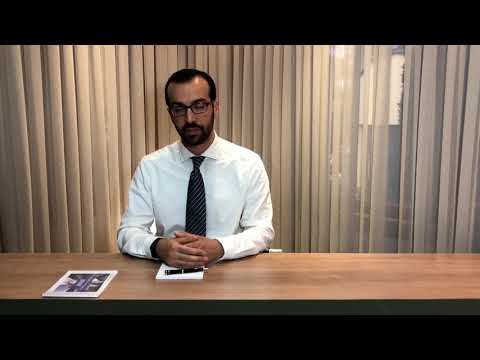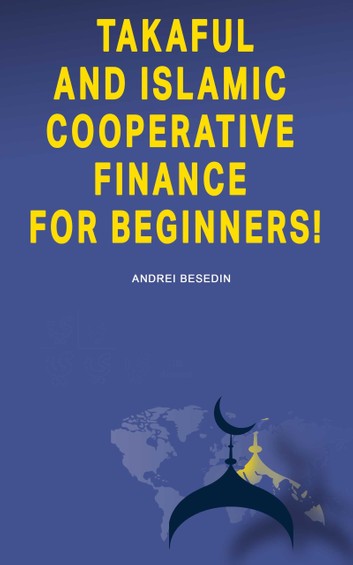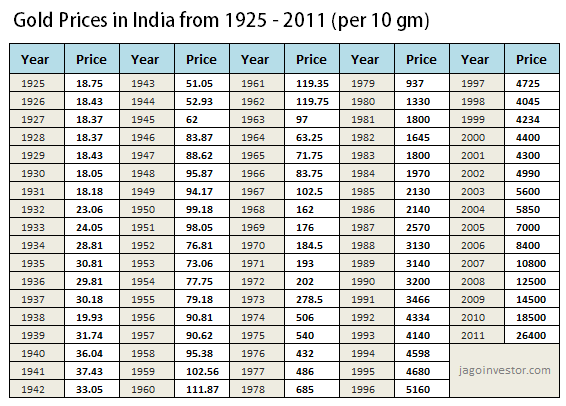Contents
The maximum reward of this spread strategy is the difference in the Strike Price of the two call options minus the total premium paid for these two strike prices plus the total brokerage costs. The profit from the bear call spread therefore maxes out if the underlying security closes at $30—the lower strike price—at expiration. If it closes farther below $30 there will not be any additional profit. With a bull call spread, the losses are limited, reducing the risk involved, since the investor can only lose the net cost to create the spread.

Again, in this scenario, the holder would be out the price of the premium. Based on factors such as the near-term outlook, you can use the neutral or bull calendar call spread. Let’s stick with the bull call spread and see what happens when we change the strike prices we use. Therefore a bull put spread means you will buy a put at a lower strike price and sell a put at a higher strike price.
Calendar (Horizontal) Call Spread
Thus even though the trader’s view was correct, still the trader had to book a loss. Then why every broker needs to INR in margin for spread order. Based on volatility I have devised a few rules you may want to improvise on it further – If the stock is highly volatile, then I would consider a move of 5-8% as ‘moderate’.
This means you collect a premium, as well as realizing any MTM gains on the stock up to the strike price of your short call. Similar to call spreads, a trader can take a bullish or bearish take on put options. Put spreads are less risky options than trading simple options on an underlying asset.
If you would like to contact the Bullish Bears team then please email us at bbteam[@]bullishbears.com and we will get back to you within 24 hours. Not to mention our Facebook community is over 30,00 members. We will help you to become an independent trader, and this is something to be very proud of. It’s important to remember an options spread consists of only one type of option.
Called the break-even point , this is the price equal to the strike price plus the premium fee. You can access my options trading spreadsheet and use it for yourself to keep track of all your call spread and put spread trades. You know exactly how much you can you lose and how much you can win. There are no opportunity costs either as your option will expire when it expires, and you’ll know exactly the final result of your trade. Because you buy the call option at a lower strike, this ensures you minimize your downside risk. The call spread is perfect when you want to collect a premium on a riskier stock or when trading stocks around earnings to capture heightened volatility.
- A Bull Call Spread strategy is meant for investors who are moderately bullish of the market and are expecting mild rise in the price of underlying.
- The bull call spread reduces the cost of the call option, but it comes with a trade-off.
- In this case, the $200 call is in the money by $5 (and is trading at $5), while the $210 call is out of the money and, therefore, worthless.
- One of the most basic spread strategies to implement in options trading is the vertical spread.
Bob’s view proves to be correct, and Skyhigh is trading at $195. In this case, the $200 and $210 calls are both out of the money and will expire worthless. Bob, therefore, gets to keep the full amount of the $2,500 net premium .
SELLING A CALL SPREAD SUMMARY
The main difference is that the near term outlook of the diagonal call spread is slightly more bullish. It is also known as a “long call spread” and as a “debit call spread.” The term “bull” refers to the fact that the strategy profits with bullish, or rising, stock prices. The term “long” refers to the fact that this strategy is “long the market,” which is another way of saying that it profits from rising prices.

In our call credit spread example above, your net premium is $3, so your breakeven point would be $73. If the stock were to rise above this level by the expiration date of the call options, you would lose money. This strategy offers limited profit potential but also limits losses to a fixed amount when an equal number of call contracts are bought and sold. Going by the above example, it is clear that even though the trader’s view was correct, he still had to book loss in 2 out of the three cases. Only when the stock rises much above the anticipated level, a trader could book some profit. On the other hand, bullish call spread provides profit in 2 out of 3 scenarios.
How to buy or sell vertical option spreads?
Weekly short put spread bot modified from a top backtested strategy inside Option Alpha. I’m a dual Canadian-American from NYC that moved to South Africa for work and ended up traveling all through the continent. I’m currently living the expat life in Frankfurt, Germany and traveling the world as much as I can. I’m a bit obsessed with scuba diving, churning credit cards so I never pay to fly, and eating the most questionable of foods in the most peculiar of places. My bucket list is the world, and some day I might make it there.

Bob would have incurred a similar loss if he had sold short 500 shares of Skyhigh at $200, without buying any call options for risk mitigation. Notice how the payoff remains flat even when the market goes down, the maximum loss at 7800, and the way the payoff takes off beyond 7955. Here are various other levels of expiry, and the eventual payoff from the strategy. Do note, as the market goes up, so does the profits, but when the market goes down, you still make some money, although limited.
How To Trade A Call Credit Spread
Finally, the term “debit” refers to the fact that the strategy is created for a net cost, or net debit. A bull call spread rises in price as the stock price rises and declines as the stock price falls. Also, because a bull call spread consists of one long call and one short call, the net delta changes very little as the stock price changes and time to expiration is unchanged. In the language of options, this is a “near-zero gamma.” Gamma estimates how much the delta of a position changes as the stock price changes. An options trader executes selling a call spread by selling a 420 call at 17 and buying a 460 call at 6. The net credit received and maximum profit on this trade is 11 (17-6).
Still, it is good to know how volatility will affect the pricing of the short options. If the stock price closes below the long call option, all three options will expire worthless, and no further action will be needed. If the stock price closes above the short call options, all three options will be in-the-money call spreads and need to be closed if exercise and assignment are to be avoided. A call ratio spread is a multi-leg, neutral strategy with undefined risk and limited profit potential. The strategy looks to take advantage of a drop in volatility, time decay, and little or no movement from the underlying asset.
The premium depends on multiple factors, including the width of the spread, how far in-the-money and out-of-the-money the options are, and implied volatility skew. For example, if the marketplace perceives an asset to be very bullish in the future, out-of-the-money options may be more expensive than normal, relative to the in-the-money option. Both strategies benefit from the price of a stock moving up, but what is required from each strategy is different.
Arbitragers trade spreads with close strikes for edge on the trade, and then manage the position. Position takes like to trade spreads because the short option premium helps to https://1investing.in/ offset the long option cost. If the stock falls below $50, both options expire worthlessly, and the trader loses the premium paid of $100 or the net cost of $1 per contract.
However because the guidance was laid out in Q2 the market could have kind of factored in the news. This leads you to think that the stock can go up, but with a limited upside. If the expiration price was below $30, then both of the call would have expired worthless, and the investor would be down by the $2 premium, hence would have lost money. Options are financial derivatives that give the buyer the right to buy or sell the underlying asset at a stated price within a specified period. A call option is a contract that gives the option buyer the right to buy an underlying asset at a specified price within a specific time period.
The Call Ratio Spread is a premium neutral strategy that involves buying options at lower strikes and selling higher number of options at higher strikes of the same underlying stock. Indeed, call spreads are not always bullish options strategies. In a bull Put Spread, a trader buys one put option at a certain strike price and sells another with a slightly higher strike price. Since it is a spread strategy, a bear call spread will have lower margin requirements compared with selling naked calls.
An aggressive trader may prefer a wider spread to maximize gains even if it means a bigger loss should the stock surge. The stock price of XYZ begins to rise and closes at $46 on expiration date. Both options expire in-the-money with the JUL 40 call having an intrinsic value of $600 and the JUL 45 call having an intrinsic value of $100. Since the trader had a debit of $200 when he bought the spread, his net profit is $300.
